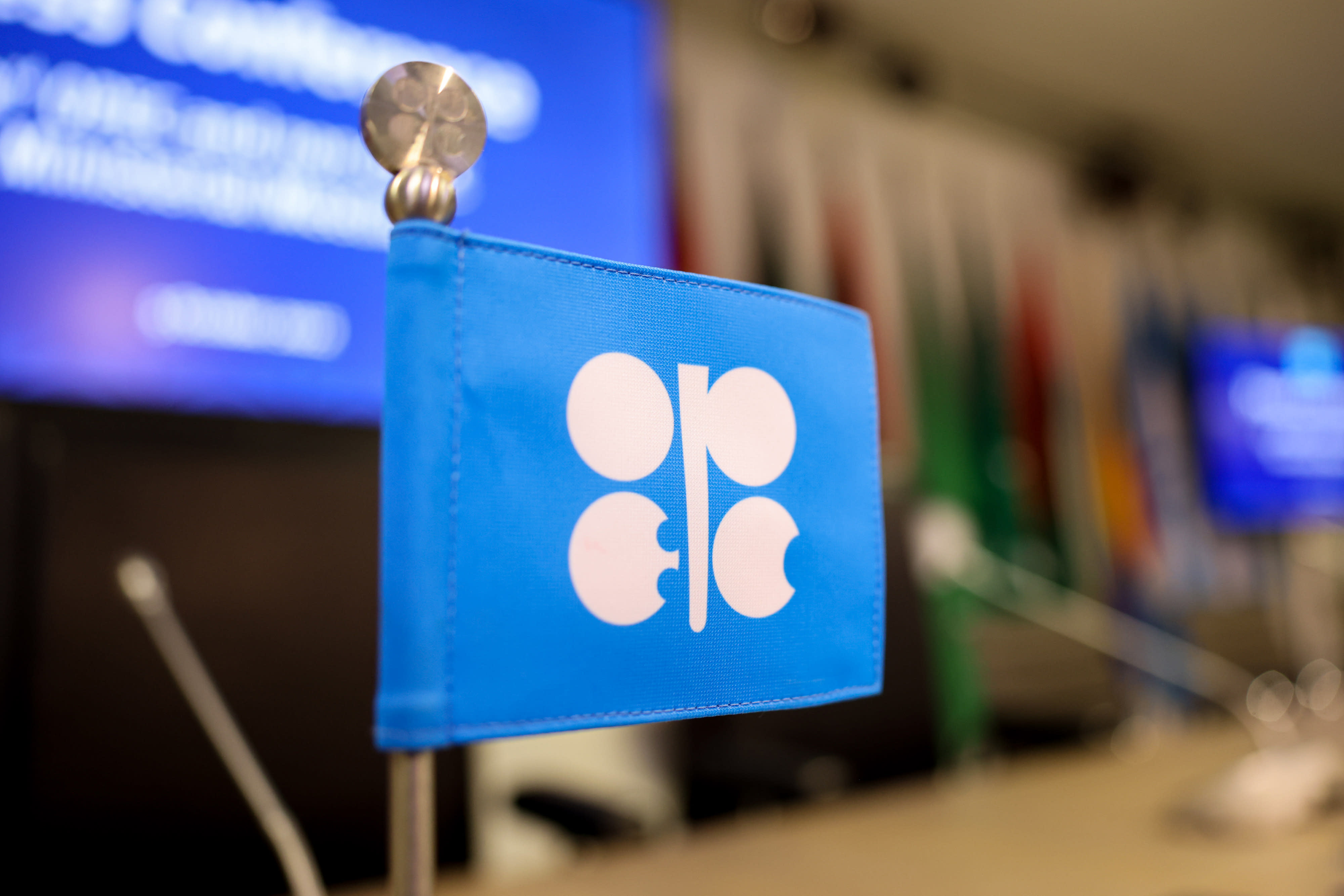Major oil-producing countries led by Saudi Arabia and Russia have decided to slash the amount of oil they deliver to the global economy. And the law of supply and demand suggests that can only mean one thing: higher prices are on the way for crude, and for the diesel fuel, gasoline and heating oil that are produced from oil.
Oil prices had fallen after a summer of highs. Now, after the OPEC+ decision, they are heading for their biggest weekly gain since March.
Here is what to know about the OPEC+ decision and what it could mean for the economy:
WHY IS OPEC CUTTING PRODUCTION?
Get Tri-state area news and weather forecasts to your inbox. Sign up for NBC New York newsletters.
Saudi Arabia's Energy Minister Abdulaziz bin Salman says that the alliance is being proactive in adjusting supply ahead of a possible downturn in demand because a slowing global economy needs less fuel for travel and industry.
“We are going through a period of diverse uncertainties which could come our way, it’s a brewing cloud,” he said, and OPEC+ sought to remain “ahead of the curve.” He described the group's role as “a moderating force, to bring about stability."
Benchmark U.S. crude rose 3.2% on Monday, to $92.34 per barrel. Brent crude, the international standard, rose 2.8% to $97.17, though it's still down 20% from mid-June, when it traded at over $123 per barrel.
One big reason for the slide is fears that large parts of the global economy are slipping into recession as high energy prices — for oil, natural gas and electricity — drive inflation and rob consumers of spending power.
Another reason: The summer highs came about because of fears that much of Russia's oil production would be lost to the market over the war in Ukraine.
As Western traders shunned Russian oil even without sanctions, customers in India and China bought those barrels at a steep discount, so the hit to supply wasn't as bad as expected.
Oil producers are wary of a sudden collapse in prices if the global economy goes downhill faster than expected. That’s what happened during the COVID-19 pandemic in 2020 and during the global financial crisis in 2008-2009.
HOW ARE SANCTIONS AGAINST RUSSIAN OIL IMPACTING GAS PRICES?
The U.S. and Britain imposed bans that were mostly symbolic because neither country imported much Russia oil. The White House held off pressing the European Union for an import ban because EU countries got a quarter of their oil from Russia.
In the end, the 27-nation bloc decided to cut off Russian oil that comes by ship on Dec. 5, while keeping a small amount of pipeline supplies that some Eastern European countries rely on.
Beyond that, the U.S. and other Group of Seven major democracies are working out the details on a price cap on Russian oil. It would target insurers and other service providers that facilitate oil shipments from Russia to other countries. The EU approved a measure along those lines this week.
Many of those providers are based in Europe and would be barred from dealing with Russian oil if the price is above the cap. The idea behind the price cap is to keep Russian oil flowing to the global market, just at lower prices. Russia, however, has threatened to simply stop deliveries to a country or companies that observe the cap. That could take more Russian oil off the market and push prices higher.
That could push costs at the pump higher, too.
U.S. gasoline prices that soared to record highs of $5.02 a gallon in mid-June had been falling recently, but they have been on the rise again, posing political problems for President Joe Biden a month before midterm elections.
Over the past week, the national average price for a gallon rose 10 cents, to $3.92, according to AAA.
That means the cost to pump 15 gallons into a vehicle is now a whopping $58.80. Four fill-ups per month would cost more than $235.20, a big chunk out of just about anyone’s budget.
How to Save on Gas
With gas prices that high, owners may be thinking about replacing their older vehicles with something more efficient. But that may not be cost effective. The global shortage of computer chips and other parts has cut into production of new vehicles, driving prices up. That sent many people into the used car market, also pushing up prices.
The average used vehicle cost $28,061 in August. The average new one? $46,259, according to J.D. Power.
Generally, comparable electric vehicles are even more expensive than gasoline-fueled ones, though charging the battery is typically much cheaper.
All is not necessarily lost. There are steps you can take to make an old car, truck or SUV perform better, go farther and perhaps save some money on fuel:
Keeping Your Tires Properly Inflated: Make sure there’s enough air in the tires. Underinflated tires create more rolling resistance with the pavement, thereby reducing gas mileage. Inflate your tires to the pressure recommended on the inside of your driver’s side door. Check them periodically with a tire pressure gauge.
“Typically, your gas mileage is going to be impacted by about 5% to 10% if you don’t have proper inflation,” said David Bennett, manager of repair systems for AAA.
But don’t over-inflate. Doing so could cause tires to wear out more quickly.
Making Sure Fluids and Filters Are Changed: Properly maintain your vehicle. Follow the manufacturer’s recommendations for oil and other fluid changes and for replacing air and other filters. Replacing spark plugs at the proper intervals can help, too.
“The vehicle is going to operate at its peak efficiency” with good maintenance, Bennett said. It will cost between $235 and $289 for new spark plugs on, say, a 10-year-old Ford F-150 pickup with a 4.6-liter V8, according to Repairpal.com.
Watch Your Speed: AAA says fuel economy peaks around 50 miles per hour on most vehicles, then drops as speed rises. Reducing highway speeds by 5 mph (8 kilometers per hour) to 10 mph improves gas mileage by up to 14%.
Coasting to stop lights also helps. Time your travel to keep rolling and avoid unnecessary stops. Cars consume a lot of fuel to get moving from a dead stop.
Plan Your Trip in Advance: Try to minimize backtracking. Do multiple tasks on each trip. Avoid rush hours and other peak travel times.
Don't Idle Too Much: An engine burns one-quarter to a half-gallon (1.9 liters) of gas per hour when idling, but a warm engine needs only around 10 seconds worth of fuel to restart, according to AAA.
So when safely possible, shut your engine off if you’ll be stopped for more than a minute. Many new vehicles do this on their own. Bennett says owners shouldn’t disable their new “stop-start” system.
"Top Tier" Gas: Fill up with gasoline designated as “Top Tier.” Oil companies put additives in Top Tier gas that cuts carbon deposits.
“As you start getting carbon buildup, the vehicle will not be running as efficiently,” Bennett said. Gasoline brands with the additives have stickers on the pumps. They can be found at here.



